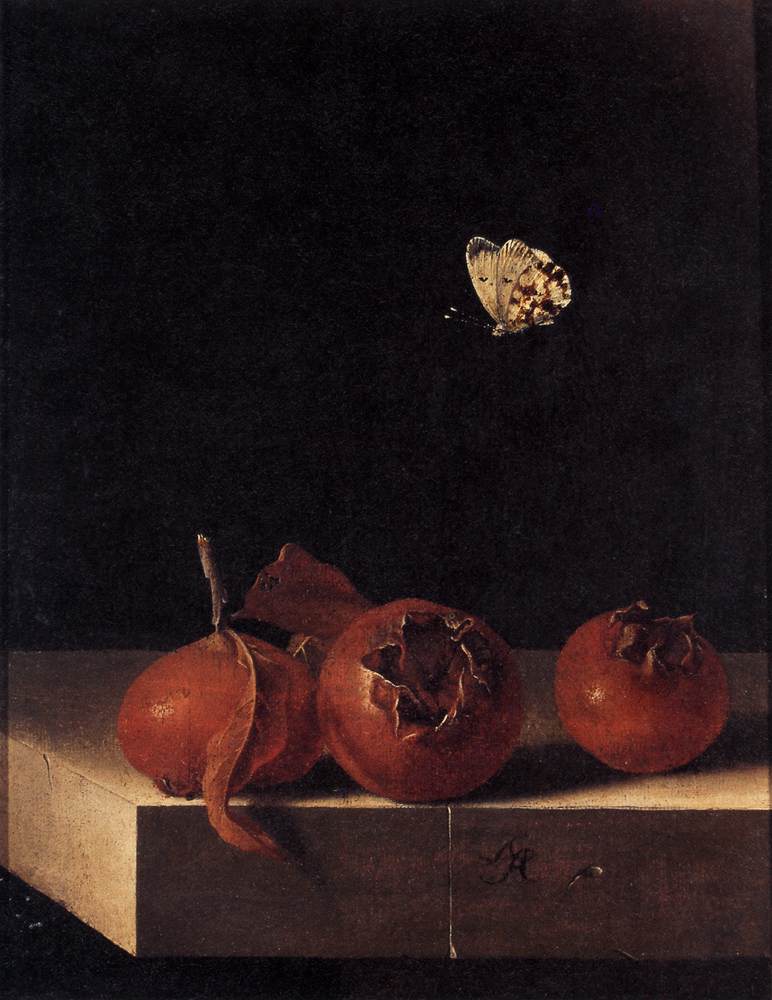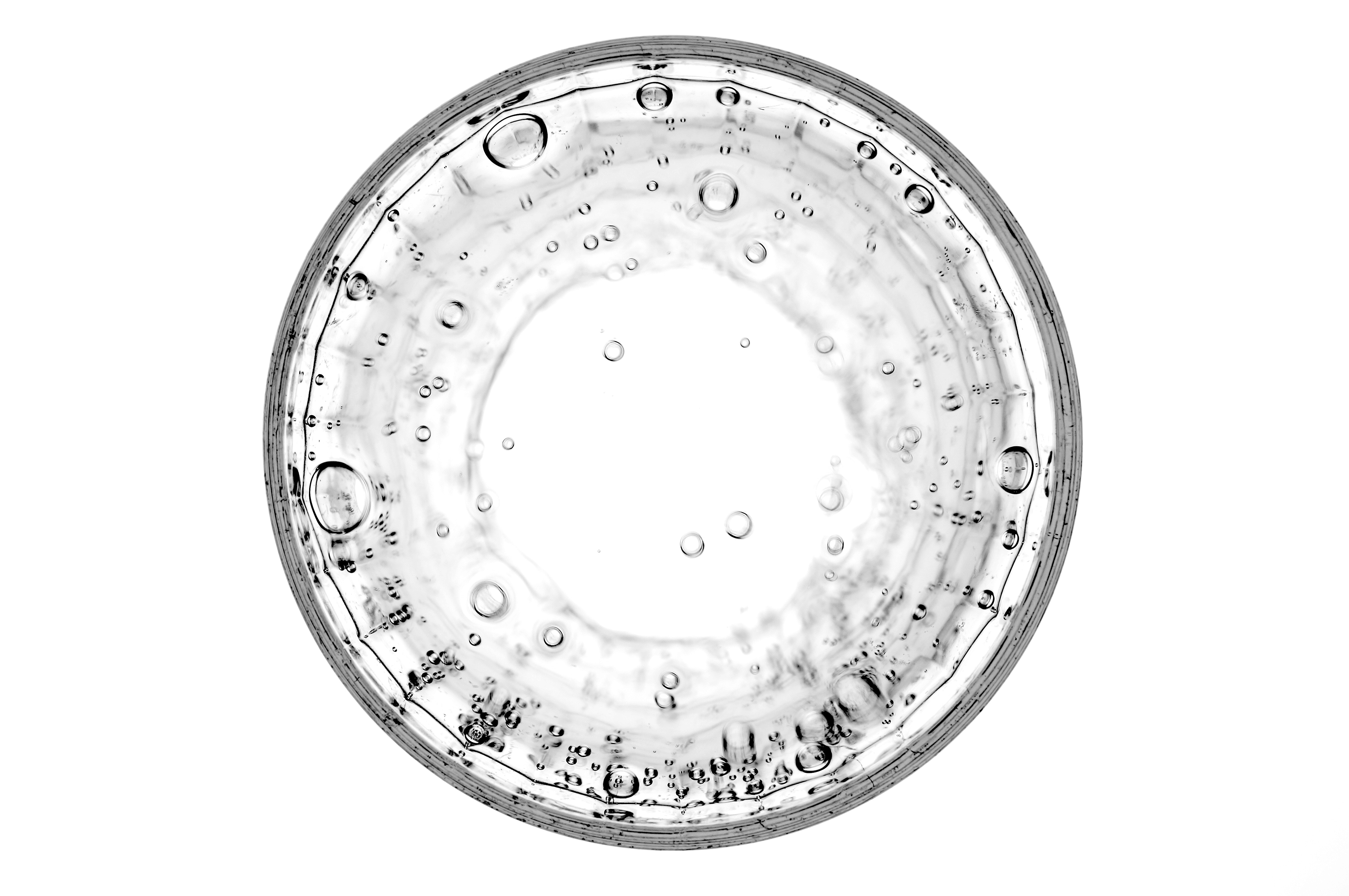
Adriaen Coorte “Three Medlars with a Butterfly” (Image courtesy of Wikimedia Commons; Adriaen Coorte, Public domain, via Wikimedia Commons)
Medlar, palatable only when allowed to rot, is unusual to find at stores in the United States. It is a winter fruit from the misty mornings of my childhood, one that had almost slipped my memory. Where I grew up, peasant women foraged medlars during the year’s unhospitable months and offered them for sale at the corners of deserted farmer’s markets. I used to crave this fruit. The medlar’s slightly zesty taste and creamy texture provided me with comfort and solace.
***
One winter morning, when light was sparse and warmth was very much wanted, I climbed the stairs to the attic kitchen. I pushed the door open and, when sure nobody was there, I walked over to the window of modest proportions, its head tucked into the slanted ceiling and its sill resting on a floor of wooden beams. I sat down, pressed my hips against the chilly sill, tucked my chin into my knees, and looked through the iron bars that formed a perfect circle. The sky above me was the soft rustling of bare branches and the flipping wings of sleepy doves. Down below, the wooden clogs (halami) of Roma women clip-clopped along the empty street as they were preparing to do their cleaning duties. The women’s calls tore the threads of greyish fog, which muffled the bright colors of their dresses and lightened the brownish tint of their skin.


